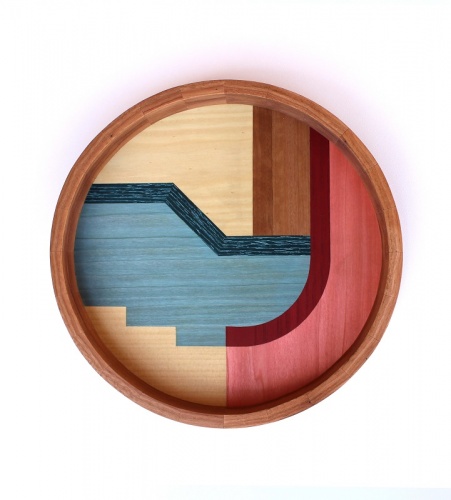
ENRICO Taglietti has shaped the lives of all the children who went to Giralang Primary School, as well as the lives of all those who have visited his many buildings in Canberra, including the Polish Club in Turner, the Dickson Library and the building on the corner of Rudd and Marcus Clarke Streets.
Members of Craft ACT with “an alignment of design values” were invited to respond to, or reimagine, Taglietti’s forms. Exhibitors work in a range of different media including glass, printed fabric, wood, steel, corrugated cardboard and ceramics.
Taglietti’s architectural practice is concerned – among other principles – with intersecting planes, over-hanging and cantilevered roofs, and the play of light and shadows.
Richard Whiteley has always been concerned with glass as a lens which distorts and manipulates space. He brings a human-scale element that punctuates and redefines physical space. The lively work bends and distorts light – the void that ruptures the form creates a way for viewers to reconsider light and its behaviour. This work, while similar to many of Whiteley’s works, epitomises Taglietti’s concerns.
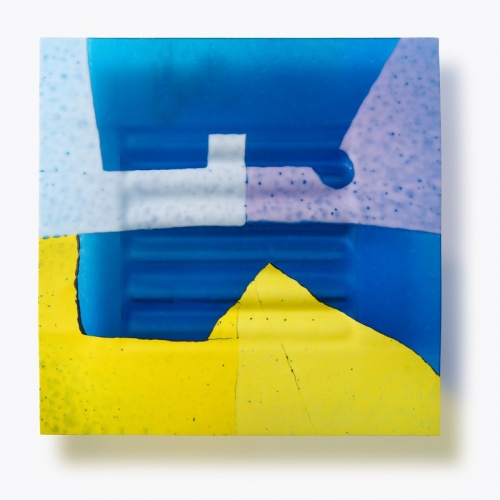
Chelsea Lemon has captured the arrangement of geometric shapes seen in Giralang Primary School’s interior. Three circular wooden trays, in Blackbutt and dyed veneers are dynamic, both in surface image and colours. Shadows, curves, and overhangs in a limited palette make up these elegant and seemingly simple objects.
Megan Hinton’s screen-printed fabric “Constructed Forms” is hung above a series of stoneware ceramic forms titled “Spatial Ambiguity” by Andrea Caycedo in a fortuitous coincidence. The blocks of colour – again a limited palette – reflect the slightly disconcerting forms that are angular, and definitely not 90-degree angles.
Angles and geometric blocks of colour are seen in two works by Judi Elliott, “Wall Section I” and “Wall Section II”. Elliott has long been interested in Jungian principles, and these works capture Taglietti’s concerns. The central corrugations add to the play of light and shadow.
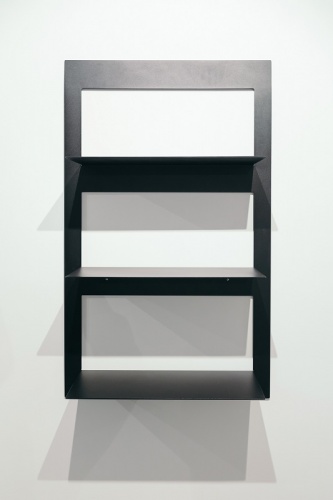
Furniture designer/maker Elliot Bastianon is exhibiting a wall-mounted steel shelf. The deep shelves and the shadows they cast, and the cut out shapes behind them again reflect the overhangs that Taglietti uses so much.
Enrico Taglietti is exhibiting “Transperenza”, a work he created in 2012 from Perspex and Blackwood. Blocks of clear Perspex are stacked, with faceted ramps – perhaps stairways – and passages. The transparency allows us to see how internal spaces work together and the infinite possibilities they create. It sits on a block of cut and constructed Blackwood, the texture and character of timber contrasting with the smooth surface of Perspex.
In addition to Taglietti, 14 artists are exhibiting their interpretations of his principles to a greater or lesser degree. The exhibition is a celebration of his life and contribution to architecture in Canberra and Australia.
Who can be trusted?
In a world of spin and confusion, there’s never been a more important time to support independent journalism in Canberra.
If you trust our work online and want to enforce the power of independent voices, I invite you to make a small contribution.
Every dollar of support is invested back into our journalism to help keep citynews.com.au strong and free.
Thank you,
Ian Meikle, editor
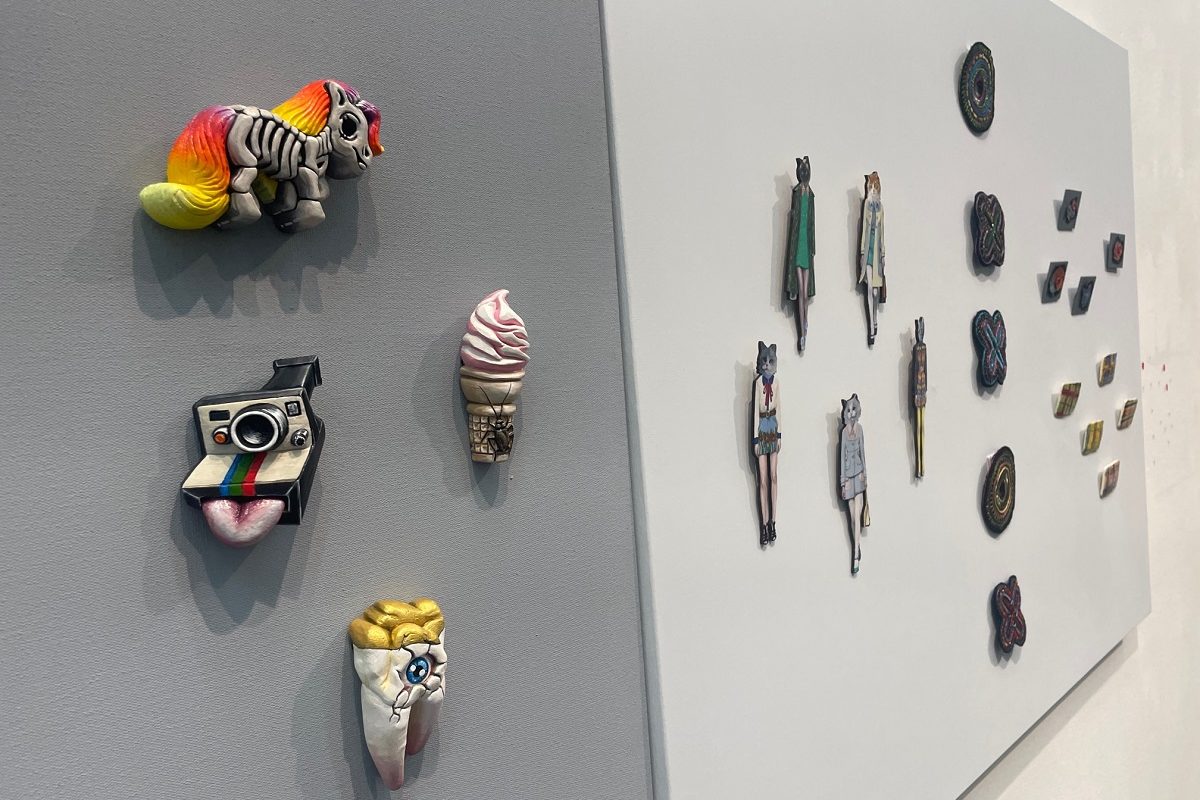
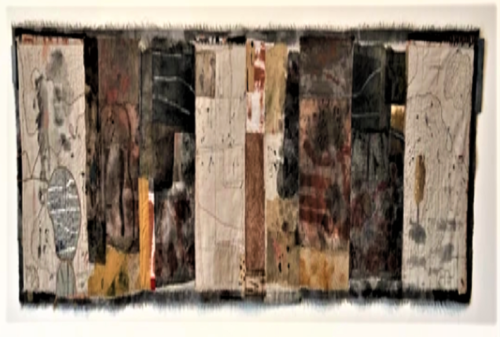


Leave a Reply